Portraits
At some point I began my artistic journey through realistic drawing and painting, but even though I haven't been following that road for the past years, I still love to watch and try and depict shadow, light and colour as I see them, on paper and canvas. Most of all I love the human face, the vast variations that occur through small shifts.

I started working with realistic portraiture around 2013, in part because the face has always intrigued me, but also just to see if I could do it. I started out with pencils because I felt like I was in control and because I liked the long time it took to find every shift and shadow, every wrinkle and hair. At that time some drawings were already commissions, but mostly I drew them for my own sake, just for the fun of it.

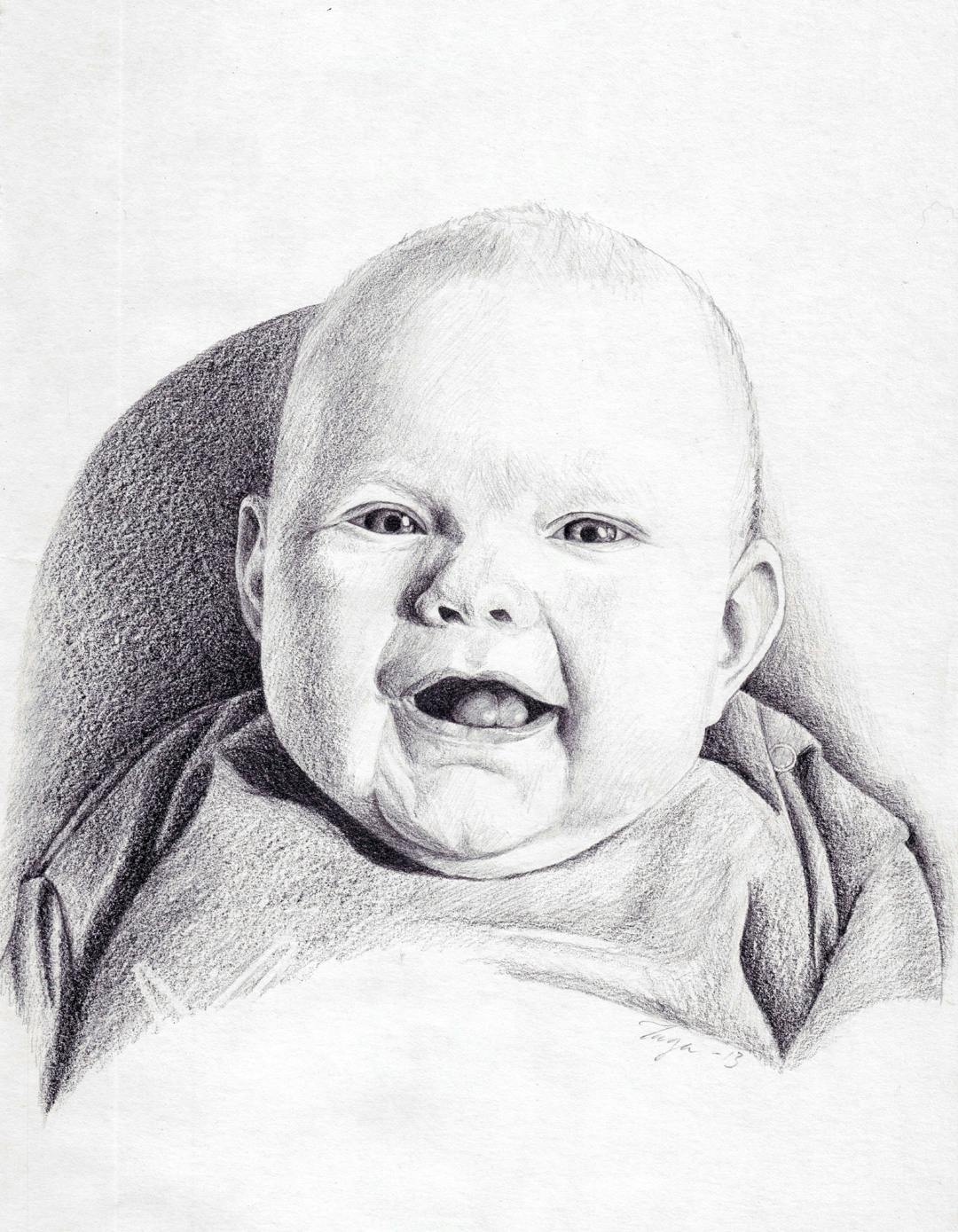
I met Timna in 2013 while staying at a nice couple's place for a course. As a thank you gift, I made a portrait of their daughter and I was very pleasantly surprised when they contacted me again in 2015 and commissioned a portrait of Timnas baby brother, Amos.



After having drawn some portraits, I started asking people to send me the pictures they wanted drawn. The images I received varied and it was a fun challenge – mostly it was selfies that people had taken alone or with friends, and I often felt invited into something personal in someone else's life. It always feels very beautiful and special to get to draw moments like that.
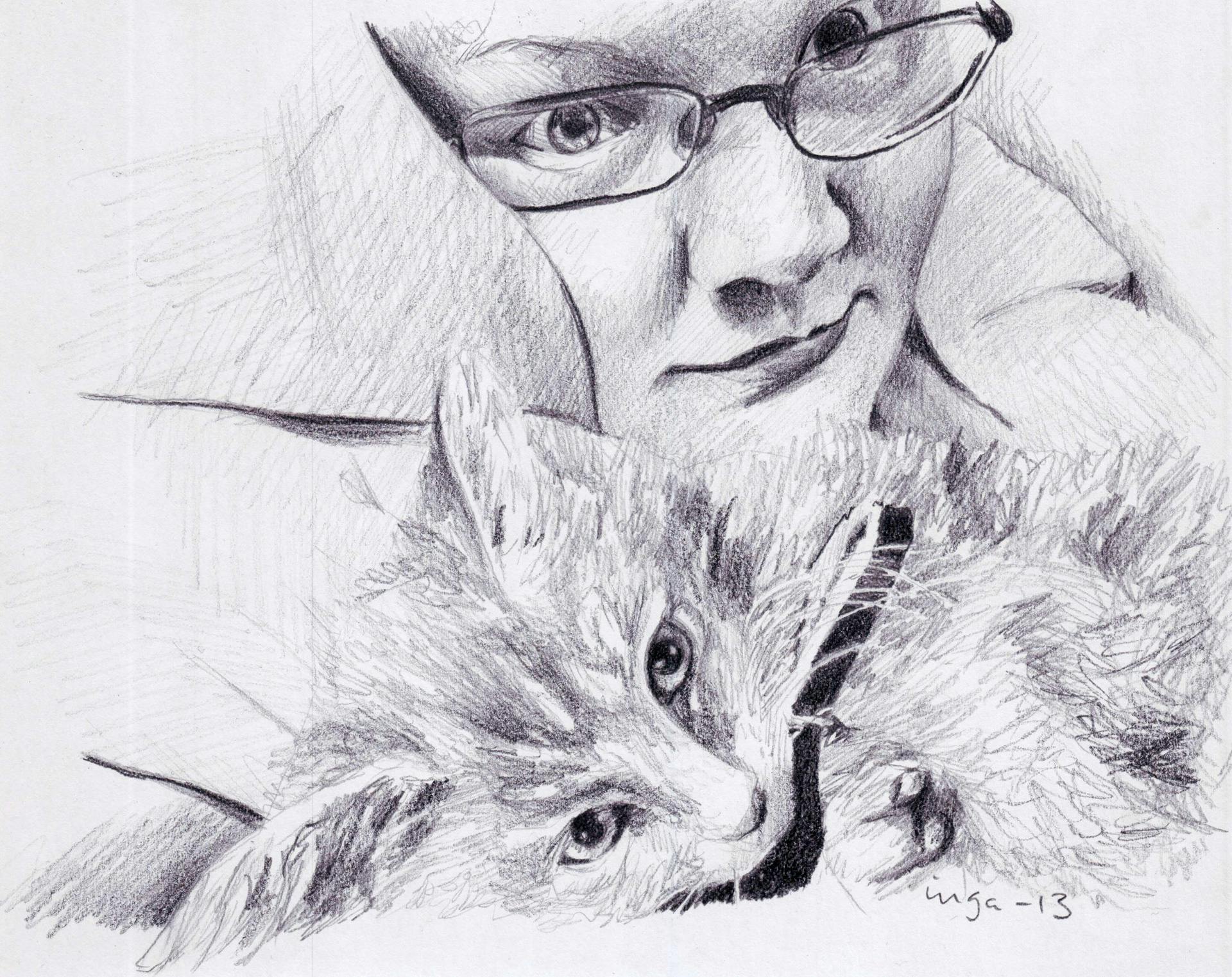
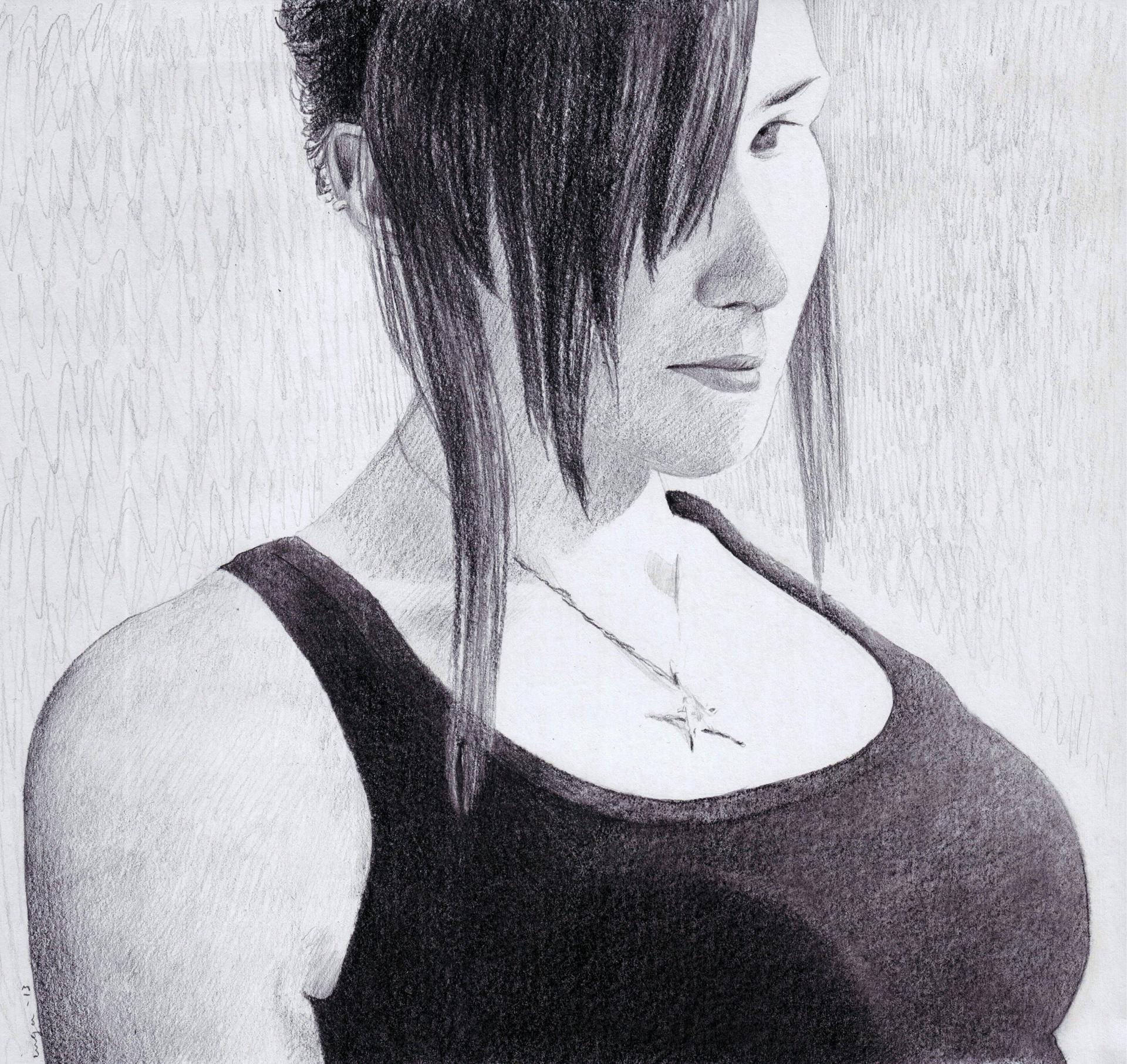

Sometimes a commission drops in, someone wanting a picture of loved oned to keep, or give as a gift.
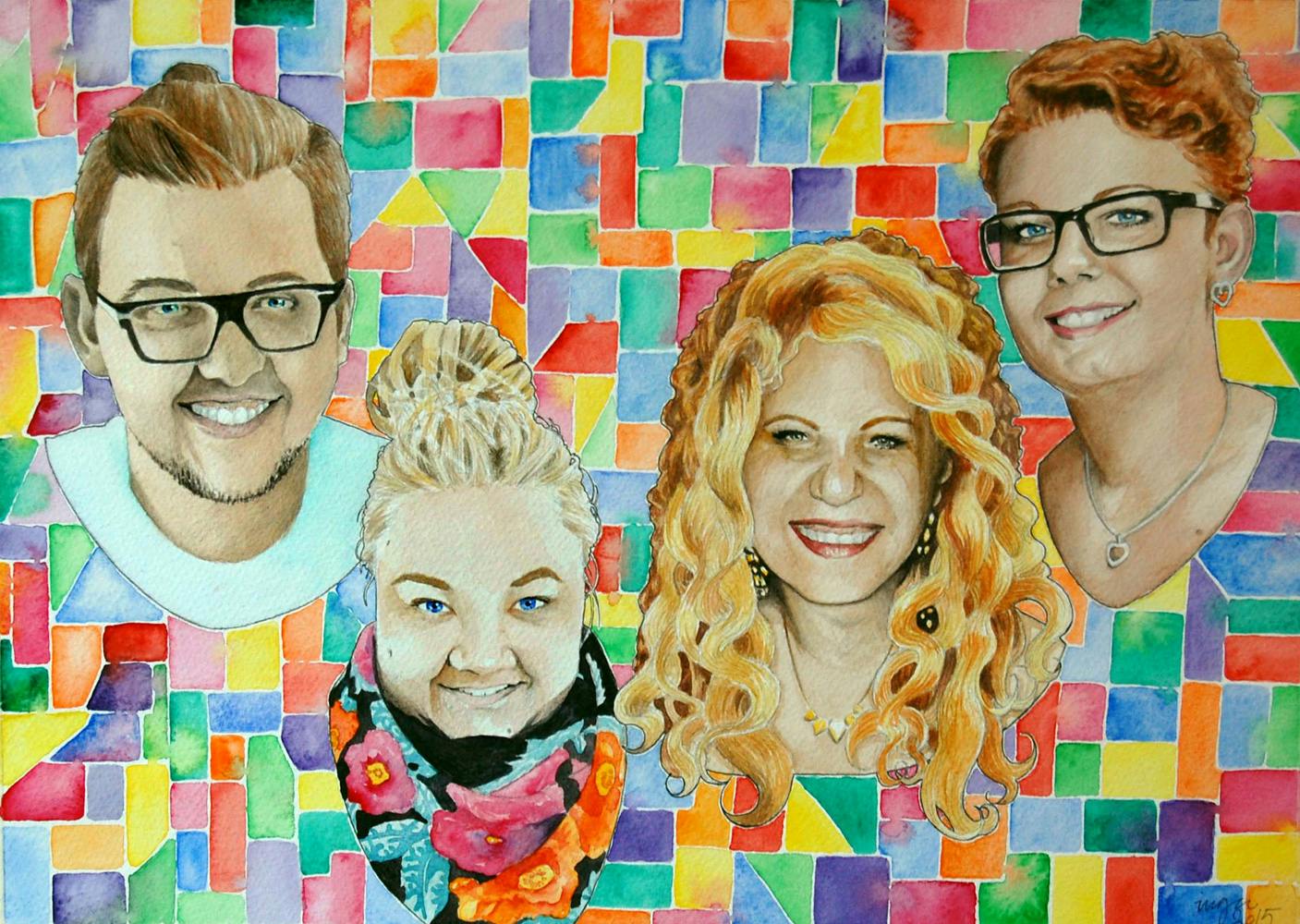
Mostly I draw and paint from photographies. In one way that's simple; it's a moment already captured, the motive is still and eternalized.


Maybe I choose to follow the lines and shadows in the picture, or maybe I find my own way – I alter, enforce, interpret.


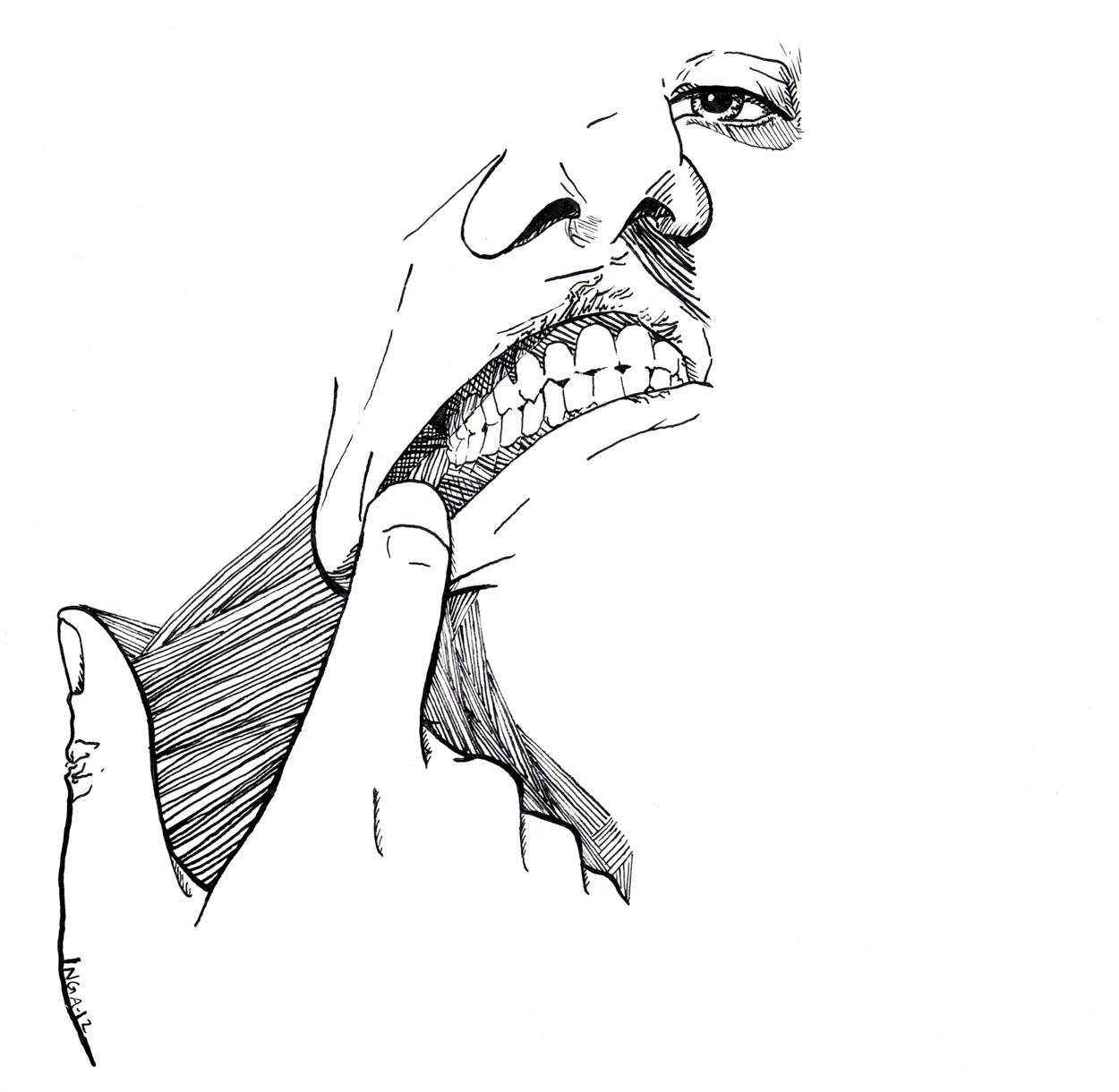

Sometimes it's small, sometimes it's large. I made my biggest self portrait to play even more with the selfie culture. On a 1 x 15 meter canvas, that is almost inappropriately large, I painted an enormous selfie with a duckface that I otherwise never would have in a picture. The head is angled to enlarge the eyes and the gaze is piercing. At the same time I'm not trying to take the painting in a realistic direction. Instead I let the colours take place without blending and make the big painting to obviously become just that: a painting.



In the end the image is monumental, obviously painted and not at all representative.

My greatest learnings in portraiture have to be from the semester I spent at the art academy in Tallinn, Estonia, and the course held there by the internationally renowned portrait artist Aapo Pukk. In Pukks class we painted live models and that is an experience that can't be compared to painting from photography. While painting a model you have to be there, put your focus in the moment in a different way, not just seeing how the light falls but also notice how the whole posture is shifting. Allow it to shift and still find the person in your painting.

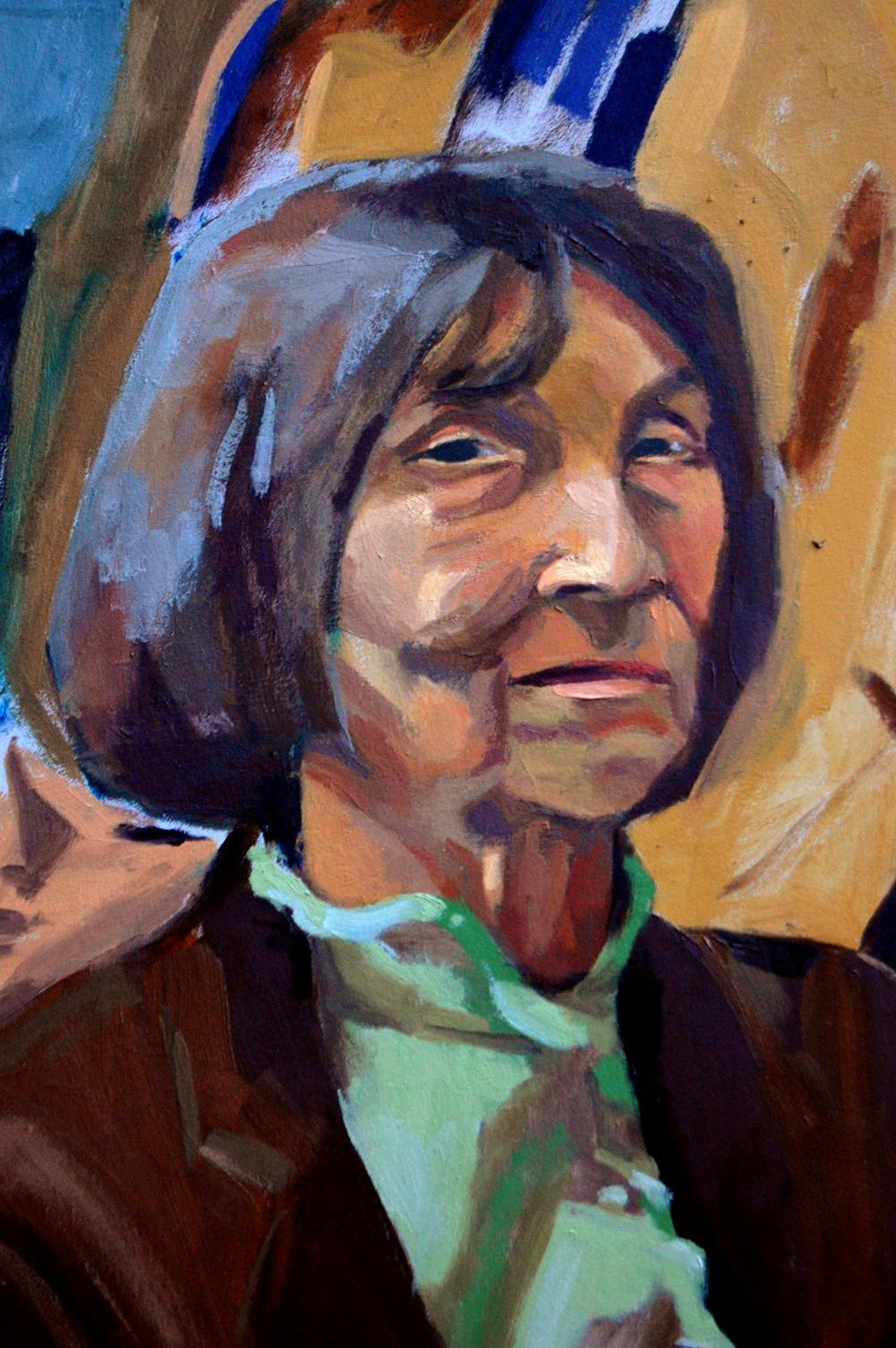
In the same way, Aapo Pukk is a teacher who is truly there. He observed us, his students, carefully and thoroughly. As soon as your mind would tire or wander we would be there, telling you to take a step back, squint your eyes or look at the painting through a mirror. He'd tell us to paint over, restart, or to take the seat of the model. Though intense, I don't think I have ever learned as much about painting and the art of looking as I did during the months I was working in the studio led by Pukk.




To depict a face is always a jorney and a gesture of love. I can travel into someone else's moment, someone else's then and bring out what I want or what I am allowed to. With my brush or my pencil I can touch the cheek of someone far away, as well as I can discover new contours in the face of a loved one or even myself. To get the permission to depict someone is always a gift that I am grateful to receive.
